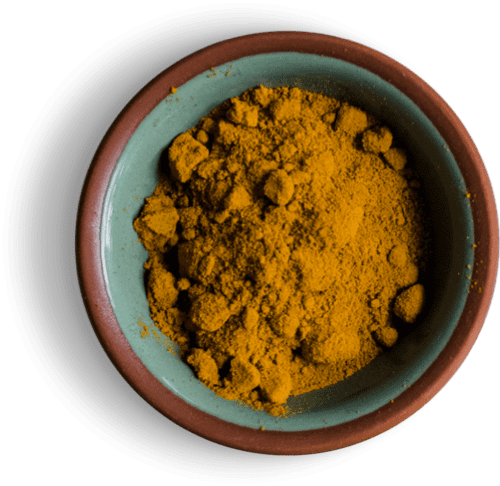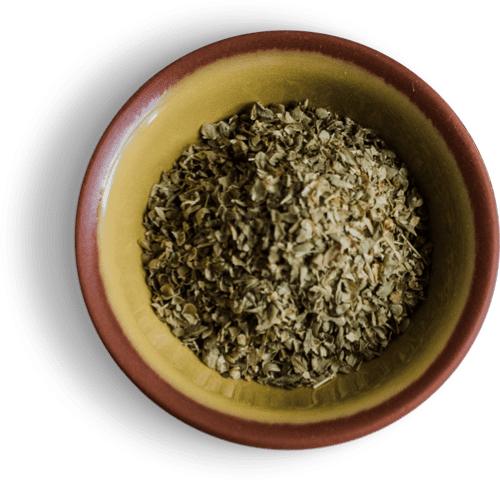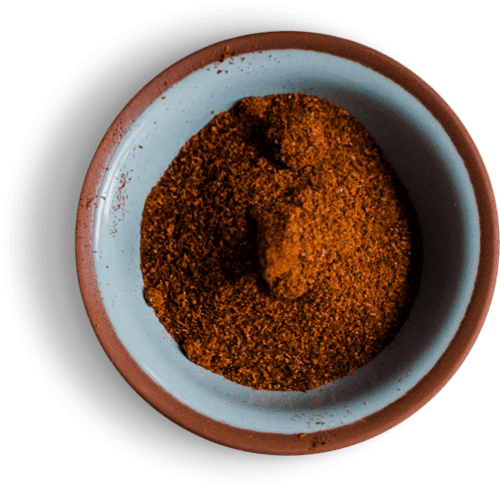Ayurveda
Spices & Their Qualities
Ajwain

Ajwain, sometimes called ajowan, is a commonly used Ayurvedic spice. The Latin name for this spice is carum copticum. It tastes like caraway or thyme, only stronger. The seeds are small, gray-green in color and quite peppery when raw, but milder when cooked. Ajwain is helpful for pacifying Vata and Kapha, and increases Pitta. It contributes the pungent taste, with a slight bitter undertone. According to Ayurveda, ajwain is a powerful cleanser. It is helpful for stimulating the appetite and enhancing digestion. It is recommended to help alleviate gas and discomfort in the stomach. It is also helpful for the functioning of the respiratory system and the kidneys. Ajwain is commonly added to deep-fried foods, such as fritters, in Indian cooking, to help ease of digestion. A pinch added to buttermilk or digestive lassi can promote digestion if taken after lunch. Add a pinch to rice as it is cooking, for aroma and flavor. Ajwain can be combined with other spices such as turmeric, paprika, cumin, black pepper, fennel and coriander.
Basil

Bay Leaves

Black Pepper

Black Salt

Cardamom

Cinnamon

Clove

Coriander Seeds

Cummin

Ginger

Fennel

Fenugreek

Hing

Kalonji

Mint

Mustard Seeds

Sweet Paprika

Rose Petals

Saffron

Rock Salt

About My Teachers
How does Ayurveda Work?
“University of Maryland”